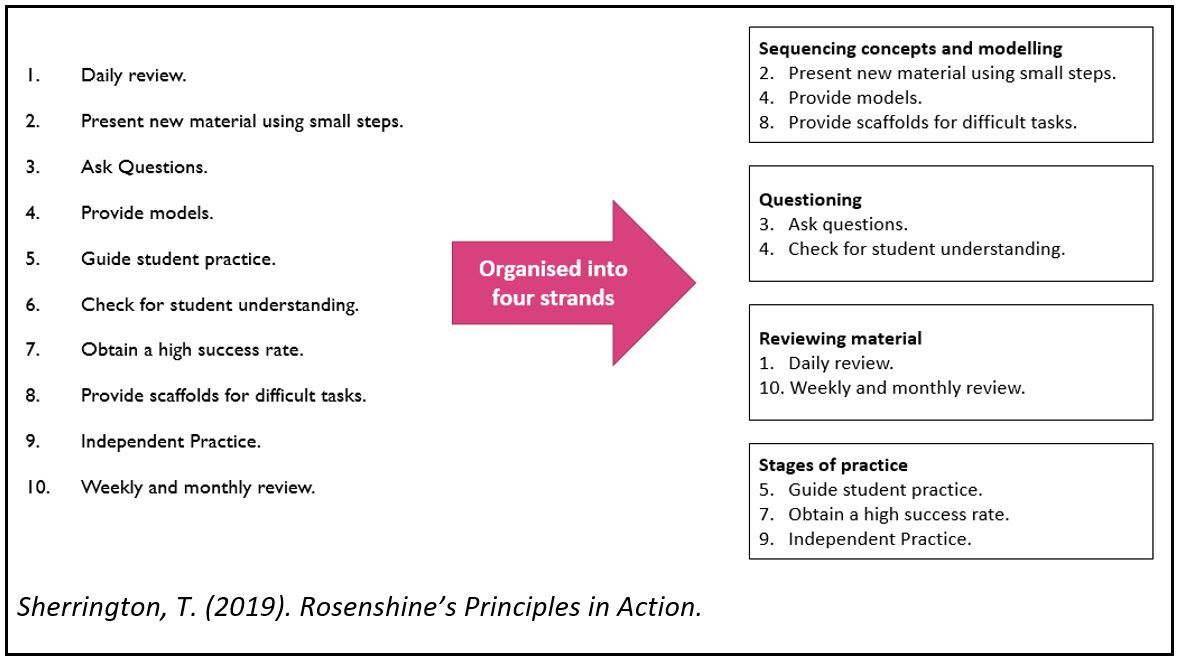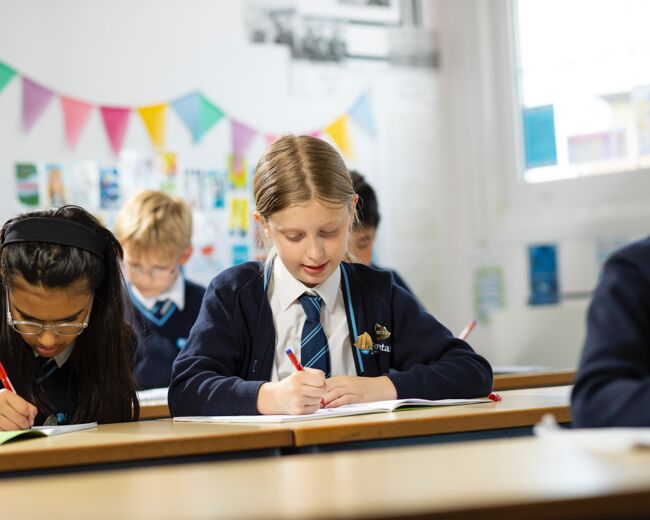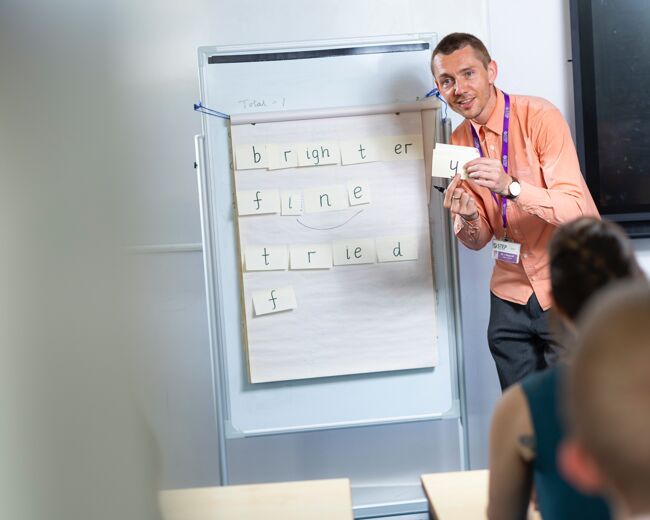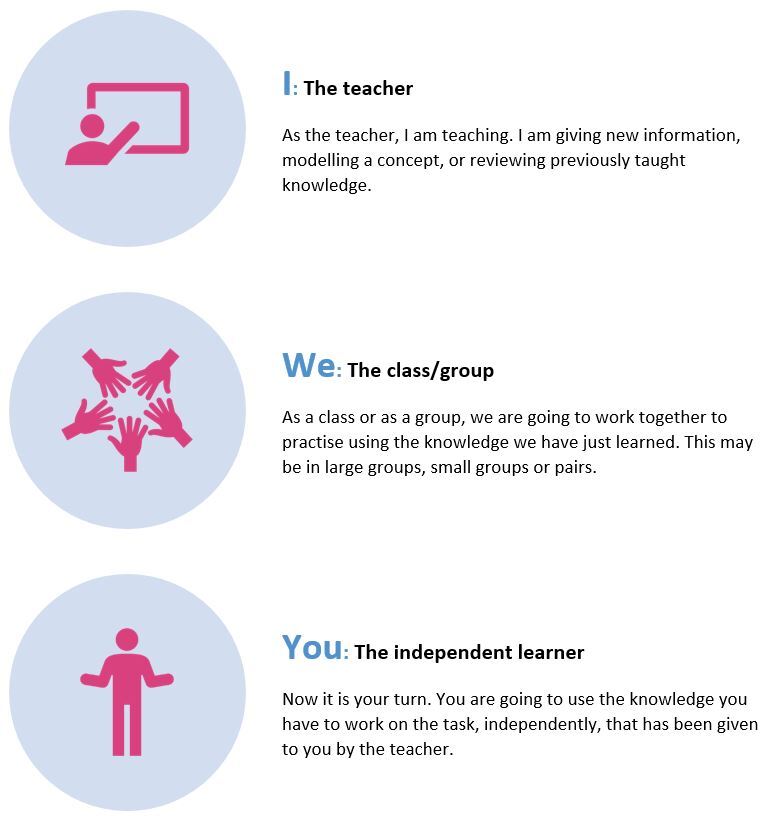- Home
- Curriculum
- Curriculum Overview
Curriculum Overview
At La Fontaine Academy, we want our children to build memories, thrive in life, and change the world.
Each subject at La Fontaine Academy has been carefully considered by our team; every element has been designed with a clear purpose and pedagogical approach in mind. Our curriculum is broad and balanced, and helps to set solid foundations on which children can build on as they go to the next stages of their education and beyond.
The same pedagogical principles are applied irrespective of the subject being taught. All subjects are considered important and have been planned to the same level of detail, and with the same level of care.
The following information details our general approach to the science of learning (pedagogy); we believe that how we teach is at least as important, if not more important, than what we teach.
You are welcome to contact the academy for any further information regarding our curriculum by emailing: office@lafontaineacademy.org
How we teach
At La Fontaine Academy, our pedagogical approach is based on the notion that all new information goes into the ‘working memory’ and that, once the new information has been introduced, we need to move it into the ‘long-term memory’.
In order for new information to be retained, it should – where possible – have a link to existing knowledge. By doing this, we are supporting the children with the building of schema, or a mental structure, which helps the children create links between what they know and what they are learning.

The principle of ‘Direct Instruction’ supports the building of schema. Teachers take responsibility for planning lessons that build on prior knowledge and they introduce new information in small, digestible, chunks.
The children’s cognitive load (the effort that a learner is able to focus on understanding what they are being presented with) is directed at a specific piece of knowledge. By presenting the children with too much all at once, or expecting the children to ‘discover’ something on their own, we run the risk of creating cognitive overload and so the brain struggles to process all of the new information. It is also extremely important that there is an opportunity to practise using prior learning to ensure it is being stored in the long-term memory.
Our lessons, and curriculum design, is based upon understanding exactly what we want the children to know and when/how to present it to them.
In 2012, Barak Rosenshine – an American education academic and former high school teacher – published ten research-based principles of instruction.

These principles, coupled with the direct instruction model, form a fundamental part of our curriculum approach. The process of teaching, scaffolding, assessing, building and revising is vital and can be implemented in several different ways. We not only teach knowledge, but we give the opportunity to understand it, apply it and practise using it. Assessment for learning is incredibly important in understanding what the children know and where the sequence of lessons should move to next.
Our pedagogical approach is research based and, therefore, constantly evolving. We actively encourage staff to read about innovations in education and to bring their ideas to La Fontaine to be discussed as a team.
Through this commitment to learning – and to being truly collaborative – we not only provide a world-class curriculum for our children, but also set an excellent example of what ‘lifelong learning’ actually means.
An effective lesson, using the direct instruction model, requires the children to be mentally active (engaged) during every part of the lesson and for that activity to be focussed.
When planning lessons, teachers think about the ‘I, We, You’ model and when each element may be used for maximum impact on learning.
Each lesson focuses on a single learning objective and the teacher will be clear on how the mixture of ‘I, We, You’ is being used to meet that objective. It may be that the lesson ‘ping-pongs’ between these elements throughout the lesson.
Each part of the lesson is short enough so that the children remain engaged and on task, but long enough that they are able to engage with their learning. There is no exact science for how long each part of a lesson should be, or even how many parts there ought to be. The design of each lesson is dependent on the subject being taught and how far through a unit of learning the class is, e.g. at the beginning of the unit, there is likely to be a greater emphasis on the ‘I and We’ parts of the lesson, whereas towards the end of the unit the children will be able to spend more time on the ‘You’ elements, as the children are able to work more independently.
The teachers plan for what they – and any other adult that is working with them – will be doing during each part of the lesson. There is always a teaching opportunity; even when the children are working on the ‘You’ elements, it may be that a child, or a small group of children, need some additional support or scaffolding to support them in reaching independence. This support may be withdrawn over a number of lessons, and then the teacher has the opportunity to work with those that are able to work to a greater depth.
Assessment throughout the lesson is vital. There are several opportunities to assess – no matter the stage of the lesson – and these are maximised. When asking questions (ask the question, give the children time to think, then choose someone to answer) teachers think carefully about who they want to hear from, and don't just pick those that put their hand up, as answers will help to build a picture of understanding. Similarly, when children are working with partners or in small groups, teachers listen to their conversations and pose questions as this enables further assessment.
There will be time in many lessons, when the children are working independently, that the teacher is able to look at what the children are doing and give ‘live’ feedback. Research shows that feedback at the point of learning is far more effective than marking books at the end of the day.
Celebrating success





